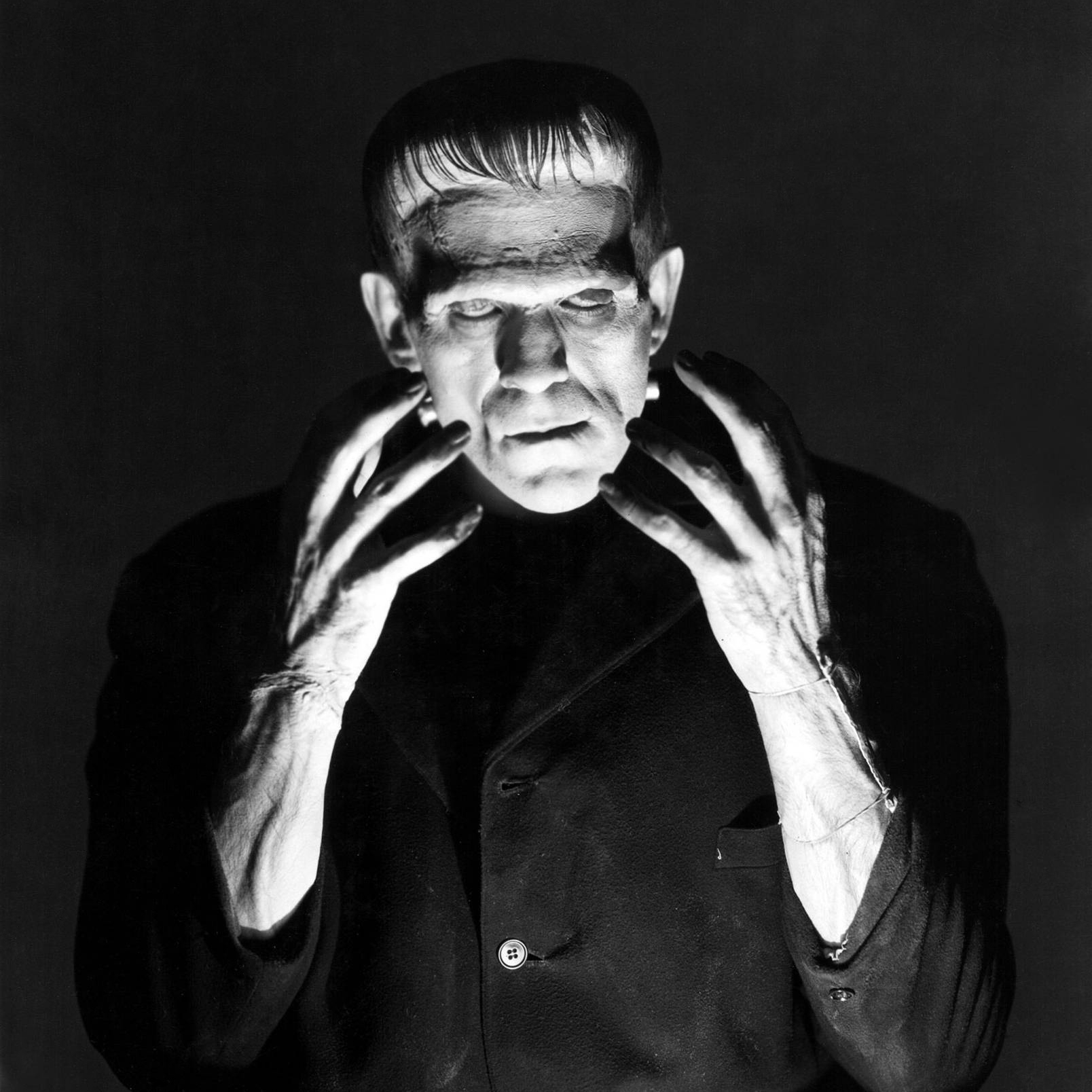Listen to this episode on Apple Podcasts.
After twenty years as a journeyman actor/laborer, Boris Karloff became an instant superstar as the Monster in Frankenstein (1931). Today we’ll explore how Karloff, unlike Lugosi, managed to maintain a steady stardom throughout the decades, returning to the monster that made him without feeling trapped by the character. Featuring Patton Oswalt as Boris Karloff.
SHOW NOTES:
Sources:
The Moguls: Hollywood's Merchants of Myth by Norman J. Zierold
The Immortal Count: The Life and Films of Bela Lugosi by Arthur Lennig
Silent Stars by Jeanine Basinger
A History of Horror by Wheeler Winston Dixon
Tome of Terror: Horror Films of the 1930s by Christopher Workman and Troy Howarth
City of Dreams: The Making and Remaking of Universal Pictures by Bernard F. Dick
Universal Studios Monsters: A Legacy of Horror by Michael Mallory
Lois Weber in Early Hollywood by Shelley Stamp
“Scare ‘Em To Death -- and Cash In” by Richard G. Hubler. Saturday Evening Post, May 23, 1942
"'The Screen's Number One and Number Two Bogeymen': The Critical Reception of Boris Karloff and Bela Lugosi in the 1930s and 1940s." by Mark Jancovich and Shane Brown. From Cult Film Stardom: Offbeat Attractions and Processes of Cultification
Music:
All of the music used in this episode, with the exception of the intro and outro, is from royalty-free music libraries and licensed music collections. The intro includes a clip from the film Casablanca. Outro song: “Monster” by Kanye West. Excerpts from the following songs were used throughout the episode: "Waltz for Cello 1" by Jonatan Järpehag, "Stalker" by Gunnar Johnsén, "Surfing Ghouls" by Håkan Eriksson, "Vampires Suck" by John Björk, "Undead Orchestra" by Håkan Eriksson, "Psychological Drama 4" by Magnus Ringblom, "Quirky Orchestra 5" by Josef Habib, "Clumsy Detective 02" by Thomas Lundgren, "Clumsy Detective 01" by Thomas Lundgren, "Russian Dance Off" by Håkan Eriksson, "Kingdom Of Baghk" by Vusal Zeinalov, "Menuetto And Storm" by Franz Waxman and Kenneth Alwyn from Bride of Frankenstein (1935), "The Tower Explodes and Finale" by Franz Waxman and Kenneth Alwyn from Bride of Frankenstein (1935), "Baltic Waltz" by Håkan Eriksson, "Victoria's Vintage Pearls 2" by Peter Sandberg, "Gagool" by Kevin MacLeod, "Mystery Minute 9" by Anders Ekengren.
Sponsors:
This episode is sponsored by the Great Courses Plus and Blue Apron.
Credits:
This episode was edited by Sam Dingman and Jacob Smith, and produced by Karina Longworth with the assistance of Lindsey D. Schoenholtz. Special thanks to Patton Oswalt who guest stars as Boris Karloff. Our logo was designed by Teddy Blanks.










